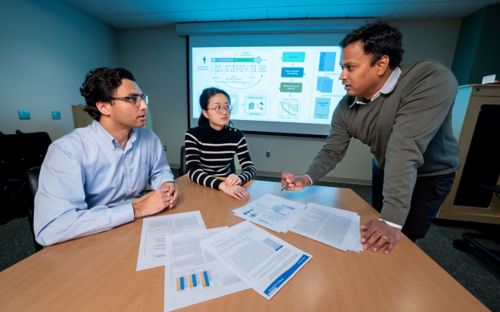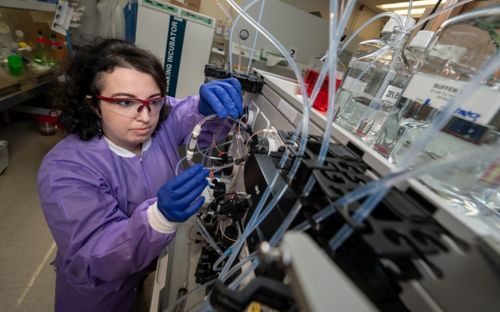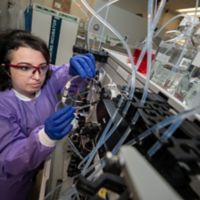It’s time for patient guidelines for pediatric acute lymphoblastic leukemia

New patient guidelines for ALL give leukemia patients and their families information to be active participants in the cancer-fighting team.
Creating patient and caregiver guidelines for pediatric acute lymphoblastic leukemia (ALL) means patients and physicians have the same accurate and trusted information about a treatment plan.
Leukemia remains our biggest foe, accounting for close to 30% of all childhood cancer cases. ALL is the most common type of leukemia.
ALL guidelines – what you should know
About 3,000 children and teens younger than 20 are diagnosed with ALL each year in the United States — most between the ages of 2 and 5. Worldwide, the number is greater than 60,000. Improvements in chemotherapy have raised cure rates for children with ALL to approximately 90% nationally, and St. Jude treatment innovations have improved our hospital’s survival rate to 94%.
As part of the St. Jude mission to share research and cures around the world, I was privileged to serve as vice chair for the committee creating the National Comprehensive Cancer Network’s (NCCN’s) first ALL patient resource.
The new NCCN Guidelines for Patients: Pediatric Acute Lymphoblastic Leukemia is significant for two reasons. First, it complements the NCCN Clinical Practice Guidelines for treating an all-too-common form of cancer. Based on the best and latest evidence-based care available, the guidelines share expert advice for treating infants, children, and adolescents.
Secondly, this publication marks the first patient resource from the NCCN focused primarily on children. The guidelines describe the different tests a pediatric cancer patient may need and how specific treatments target cancer cells. They also explain how to find a clinical trial and suggest questions to ask before deciding if a clinical trial is the right option. It’s important for families to have accurate and complete information about their children’s treatment. The publication not only removes the doubt and mystery of ALL treatment, it also allows patients and families to be active participants in their care.
The NCCN was established in 1995 to improve and facilitate quality, effective, efficient, and accessible cancer care, and to define and advance high-quality, high-value, patient-centered cancer care globally. The alliance comprises more than 30 leading cancer centers that share and compare approaches to treatment and patient care, aiming to share best practices around the world. As a pediatric oncologist, I want my patients and their families to have a better understanding of what is happening and what they should expect during treatment. Now, in addition to our own St. Jude Together website, there is another resource that allows us to be a cancer-fighting team.






